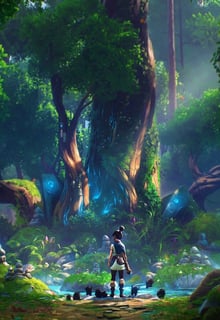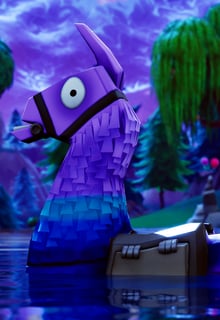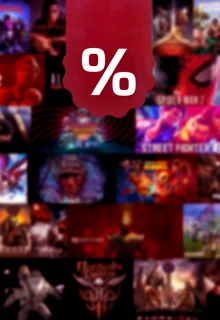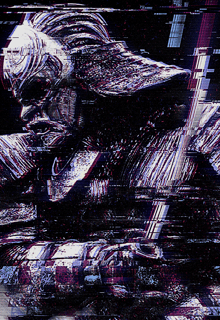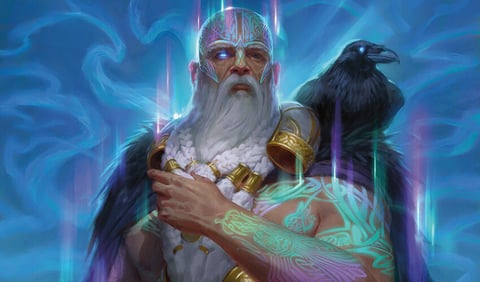
Kaldheim, the latest offering from Magic: The Gathering, is an exciting world full of gods, Viking warriors, and monsters, heavily inspired by Norse mythology. Sometimes subtle and other times blunt, the myth for Asgard is plastered all around Kaldheim, artistically dressed up in MTG staples like the five colors of mana. Today we’ll examine a few influences and see who wears it better: Kaldheim or Norse Mythology!
In case you’re not up to speed, go check out our quick explainer of the 10 realms of Kaldheim and their denizens, ‘cuz we’re not recapping them here. Instead, today we take three iconic aspects of Kaldheim and compare them to their mythological references: Alrund, God of Wisdom, The World Tree, and Valki, God of Lies.
Alrund, God of Wisdom
The first Kaldheim God that was spoiled, very symbolically, is Alrund - MTG’s equivalent of Odin.
The influence
In Viking mythology, Odin (also known as the Allfather) is an infinitely wise wanderer who watches over all. In one of his travels, Odin met Mimir, a mysterious being living in the roots of the world tree. Mimir guarded a well containing all the knowledge in the cosmos. Naturally, Odin wanted to take a sip from that water, but Mimir asked for something dear in return - one of Odin’s eyes. The god obliged and that’s how he got his wisdom. Honestly, not a bad trade.
- READ MORE: MTG Kaldheim: Week of Metal Cards Revealed
The twist
Magic clearly draws heavily from this myth, down to the detail of depicting Alrund with one blind eye. Another Odin trademark is his ravens, Huginn and Muninn, who scout the lands for him. Alrund has one raven, Hakka, and it’s conveniently printed on the back of his card!
If you allow us to be a little cheeky here, paying an eye (and sometimes an arm and a leg, too!) to get knowledge is exactly how blue control decks often work, so Alrund is a worthy replacement for Odin here on Kaldheim.
We recommend
Of course, Odin is present in many games and movies dealing with Vikings, but if you’d like to get a cool Odin experience, we recommend a little card game called Odin’s Ravens or replaying the classic RTS Age of Mythology.
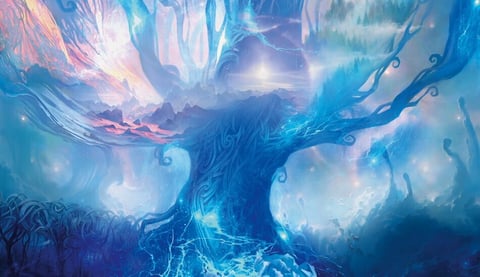
The World Tree
The influence
This is the MTG equivalent of Ygdrassil, the mighty tree where everybody lives. Atop the tree lies Asgard, the realm of the gods. Beneath it is Midgard, the mortal realm. Down in its roots is Hel, the underworld, which is exactly as charming as its name suggests.
The twist
Magic heavily borrows the myth of Ygdrassil but twists it in a typical for the Multiverse fashion, having it connect a whole bunch of realms - more than ten in total! Artistically speaking, elements from the tree can be seen on the background of a great number of cards, making it the set’s trademark visual element just like Zendikar has its hedrons and Kaladesh has its aether marks in the sky.
We recommend
The best way to explore Ygdrassil is a lovely little indie game by the name of Jotun. If you’d like to keep the tabletop party going, we also recommend the epic board game Ygdrassil Chronicles!
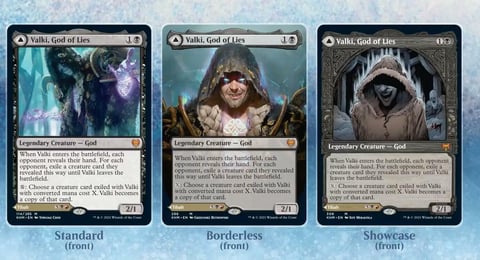
Valki, God of Lies
The influence
Wizards of the Coast didn’t exactly try to be subtle here. The god of lies is practically this universe’s version of Loki, the trickster god. Of course, Loki is known to be well-spoken, extremely charming, and straight-up evil at times. He will say whatever you wanna hear and then screw you over without blinking an eye!
The twist
Ah, but you see, the God of Lies is itself a lie because this is actually Tibalt, the devil planeswalker from Innistrad! What a twist! The makers of Magic pulled off an amazing bait and switch here, down to little details like Valki’s braids turning out to be just a part of Tibalt’s posh costume. Well played!
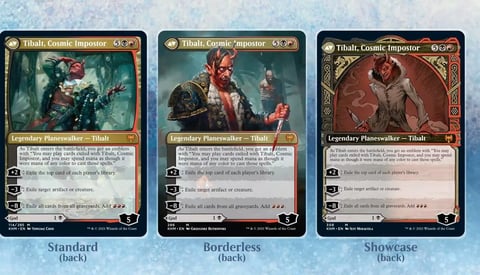
We recommend
We all know that a version of Loki is heavily featured in the Marvel Cinematic Universe, but recommending you to rewatch the Avengers is a low hanging fruit. Instead, you should go play a few rounds of SMITE as Loki, especially on Arena, where you can really mess with your opponents and watch them get frustrated to no end! Classics never die!


